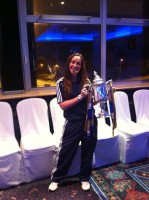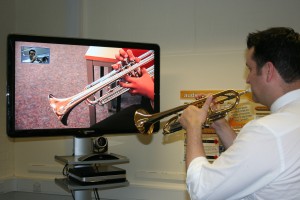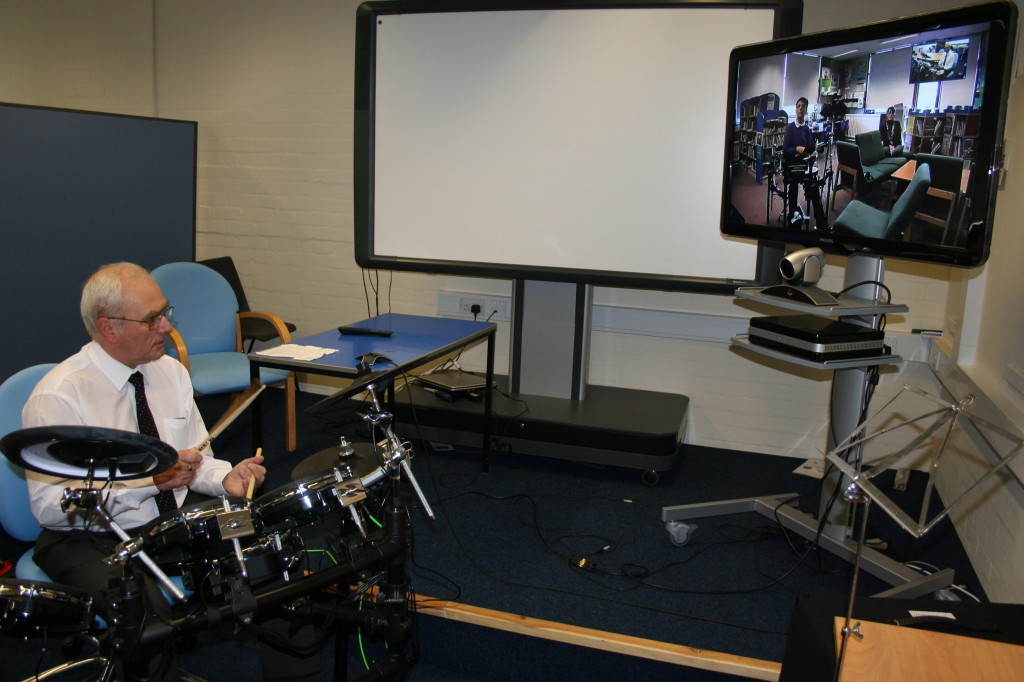This week’s Times Educational Supplement Scotland leads on innovative proposals for the ”Dumfries Learning Town”. Dumfries is the largest town in the council area of Dumfries & Galloway, in South-West Scotland.

The River Nith, Dumfries
Dumfries could be the first place in Scotland to create a new model of senior secondary school, serving all 1,100 S4-6 pupils in the town.
Colin Grant, director of education services at Dumfries and Galloway, will next week outline to parents and teachers the council’s vision of the “Dumfries Learning Town” which would see its particular concept of a senior secondary built alongside further and higher education institutions on Crichton campus.
TESS understands that at least three other authorities – Perth and Kinross, Aberdeen City and Fife – have explored similar concepts, but are not as far advanced as Dumfries and Galloway.
If the Dumfries model wins the backing of parents and teachers, pupils in S1-3 in Dumfries High, Dumfries Academy, Maxwelltown High and St Joseph’s College would remain in their current schools, but would work more closely with local primaries.
The proposal would allow for the creation of actual or virtual “middle schools”, offering more specialist teaching for upper-primary pupils and less fragmentation of the curriculum for lower secondary.
S4-6 pupils would have access to a wider range of subjects in a single senior secondary; they would also have more vocational options by being located next to Dumfries and Galloway College and local businesses.
With Glasgow University and the University of the West of Scotland also running courses on the campus, schools could collaborate more closely with higher education – HE lecturers could deliver Advanced Higher work – said Mr Grant.
He stressed the council wanted to “ask questions rather than give answers” in its consultations with locals.
“We have good schools, but many talented and committed staff are working in tired buildings and our young people are learning in limiting physical environments. We also have great challenges around continuity and transition,” he said.
Past reviews of the school estate, which had recommended closing one or two of the town’s secondaries, had run into difficulties, he explained.
When Mr Grant became education director three years ago, he wanted to ensure that communities did not lose their schools.
“With Curriculum for Excellence has come a unique opportunity. If we were starting again, we would not build primaries and secondaries separately. Here was an opportunity to look at the whole big picture,” Mr Grant told TESS.
Greater momentum has been added to the vision by the current financial backdrop. “We are past the day of replacing a school with a like school. And politically, how could you argue that any one of the four should be replaced and not the other three?” he added.
The proposal would have obvious implications for teachers: some might opt to teach S1-3 and some S4-6, while others might be timetabled across the two. If the “middle school” takes in P6-7 pupils, the General Teaching Council for Scotland would have to be consulted, as its regulations categorise teachers as either primary or secondary.
Educational consultant and former Clackmannanshire Council chief executive Keir Bloomer was involved in early planning stages of the proposal. “A senior school like this will be able to create a much wider curriculum, greater choice and will be able to do that simultaneously at lower cost,” he said.
The template could be applied to towns supporting three or four secondaries or cities, he said.
elizabeth.buie@tes.co.uk.
http://www.tes.co.uk/article.aspx?storycode=6090286












